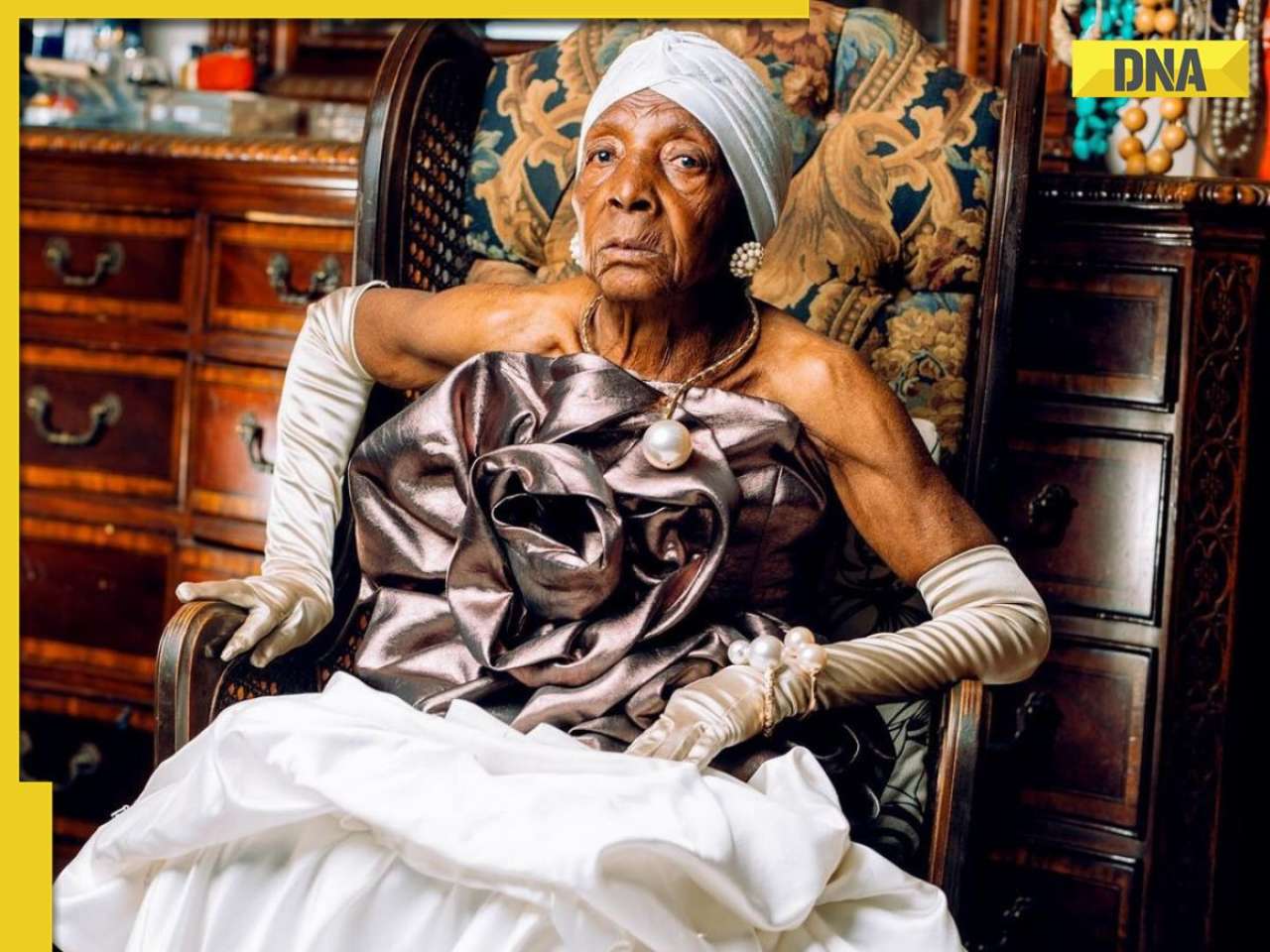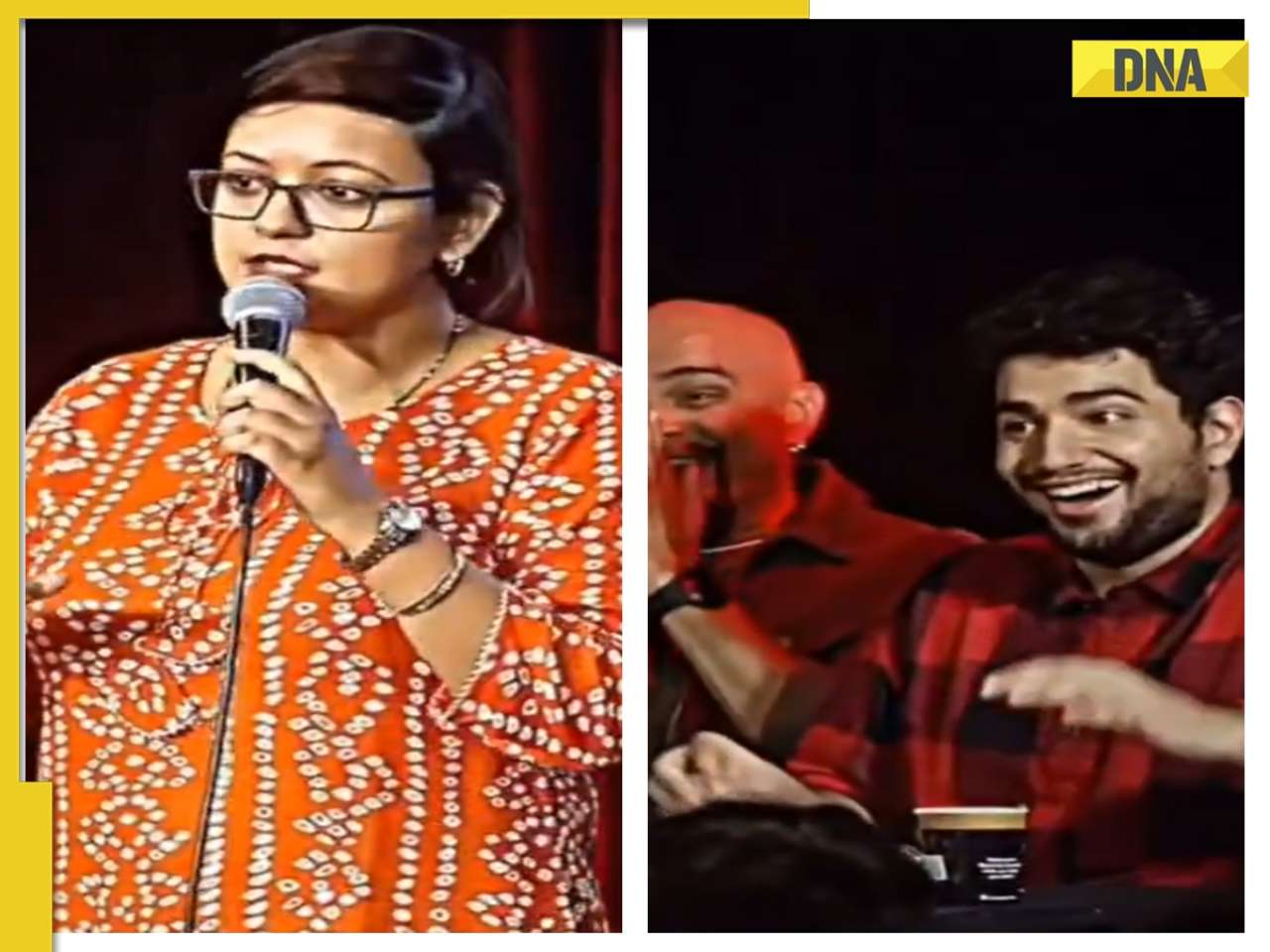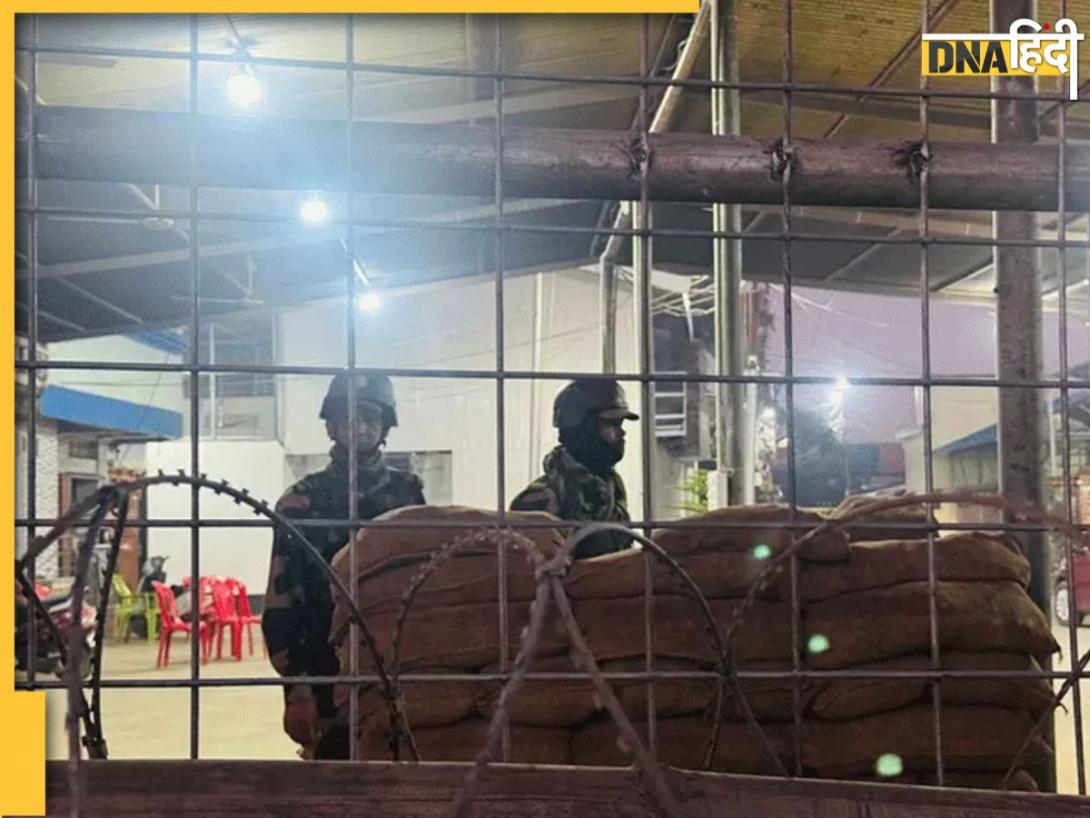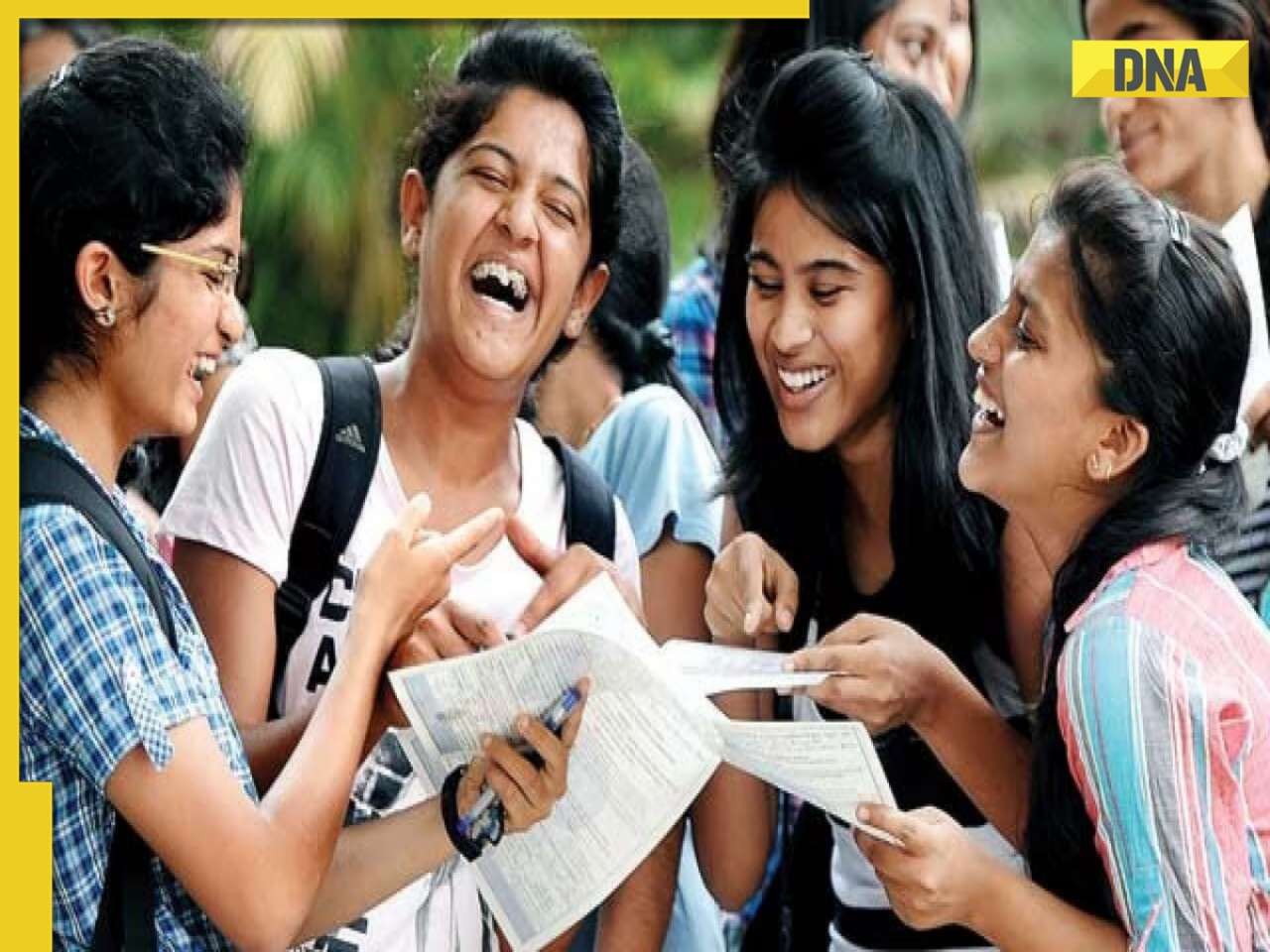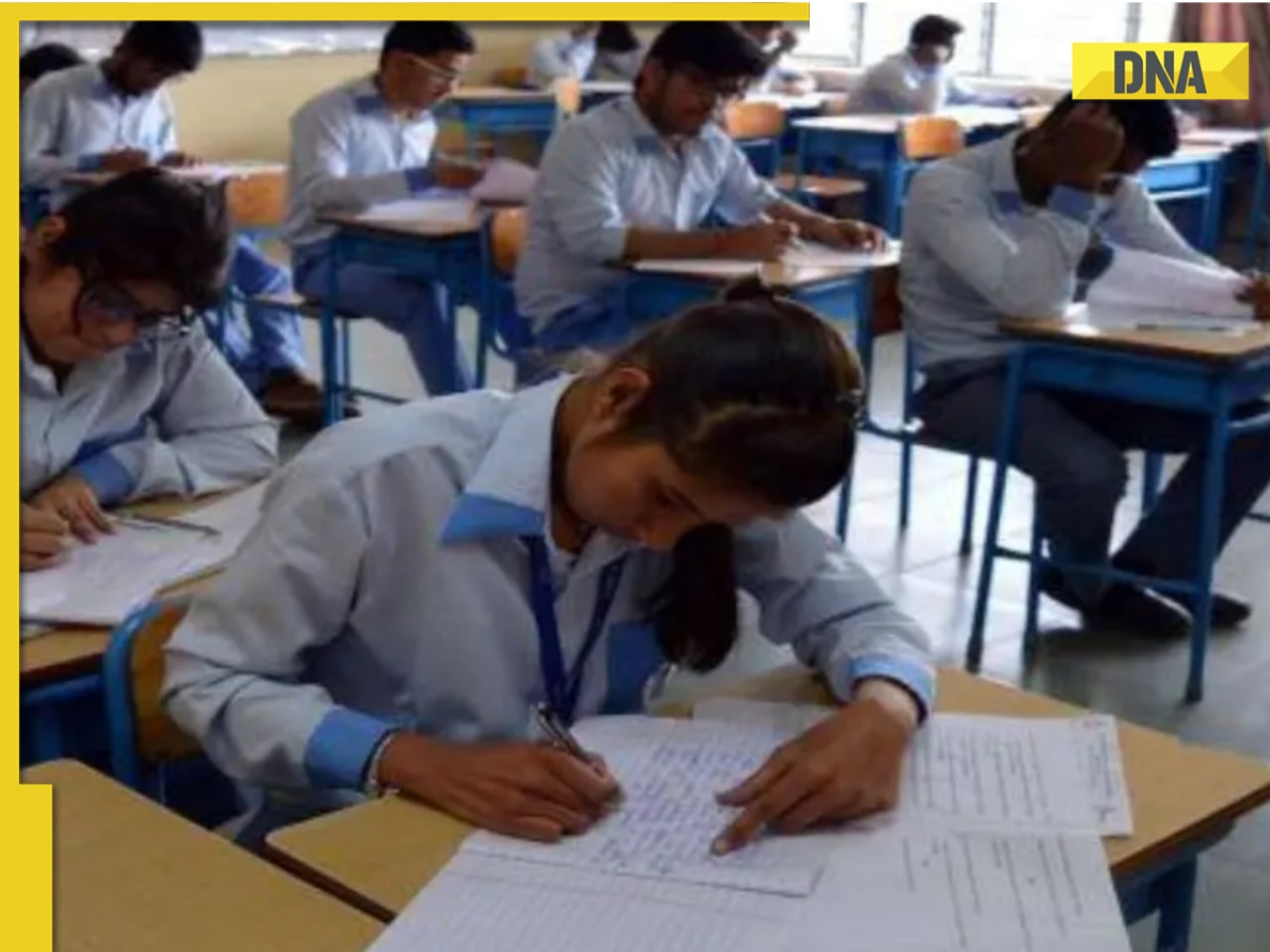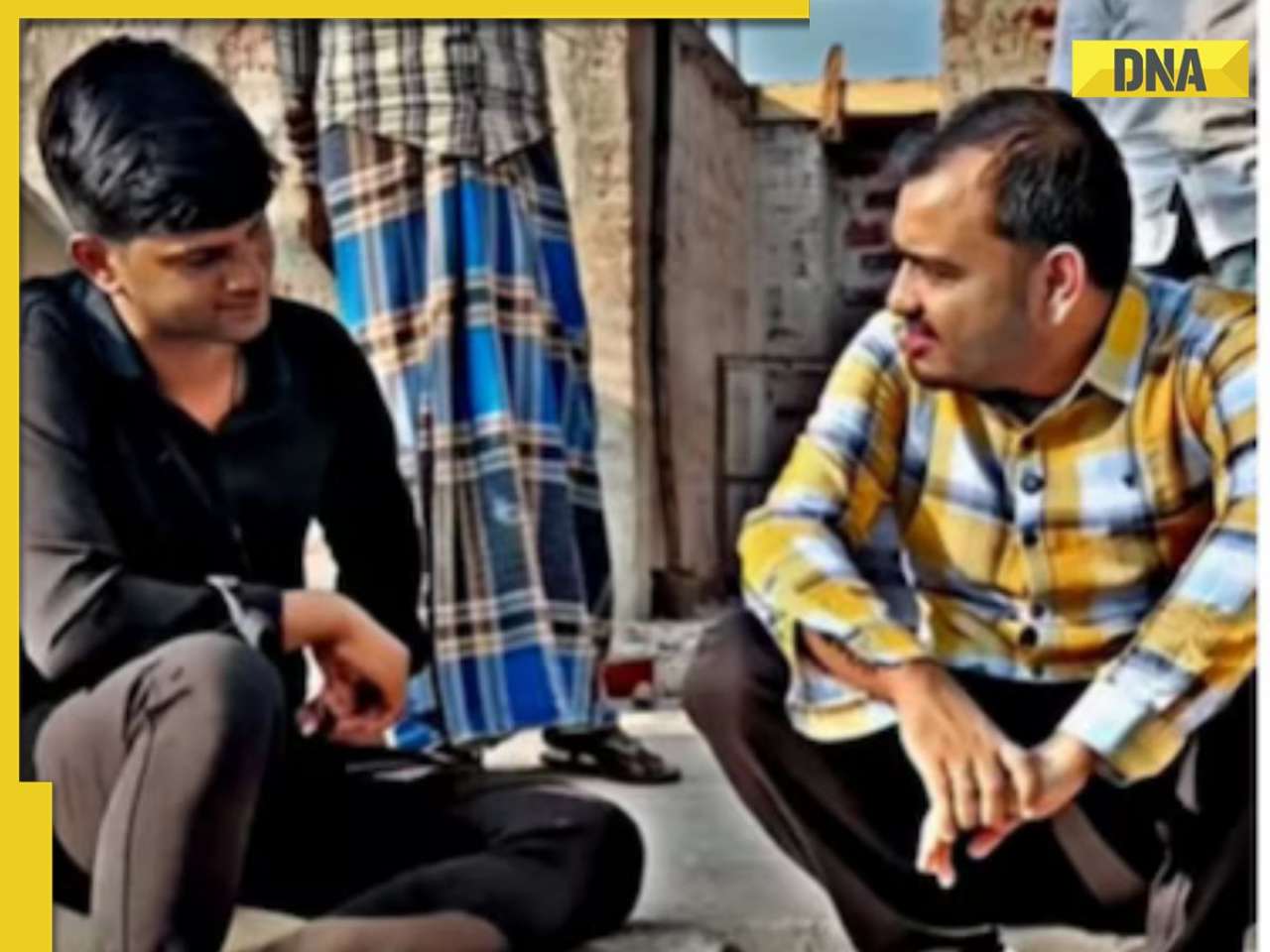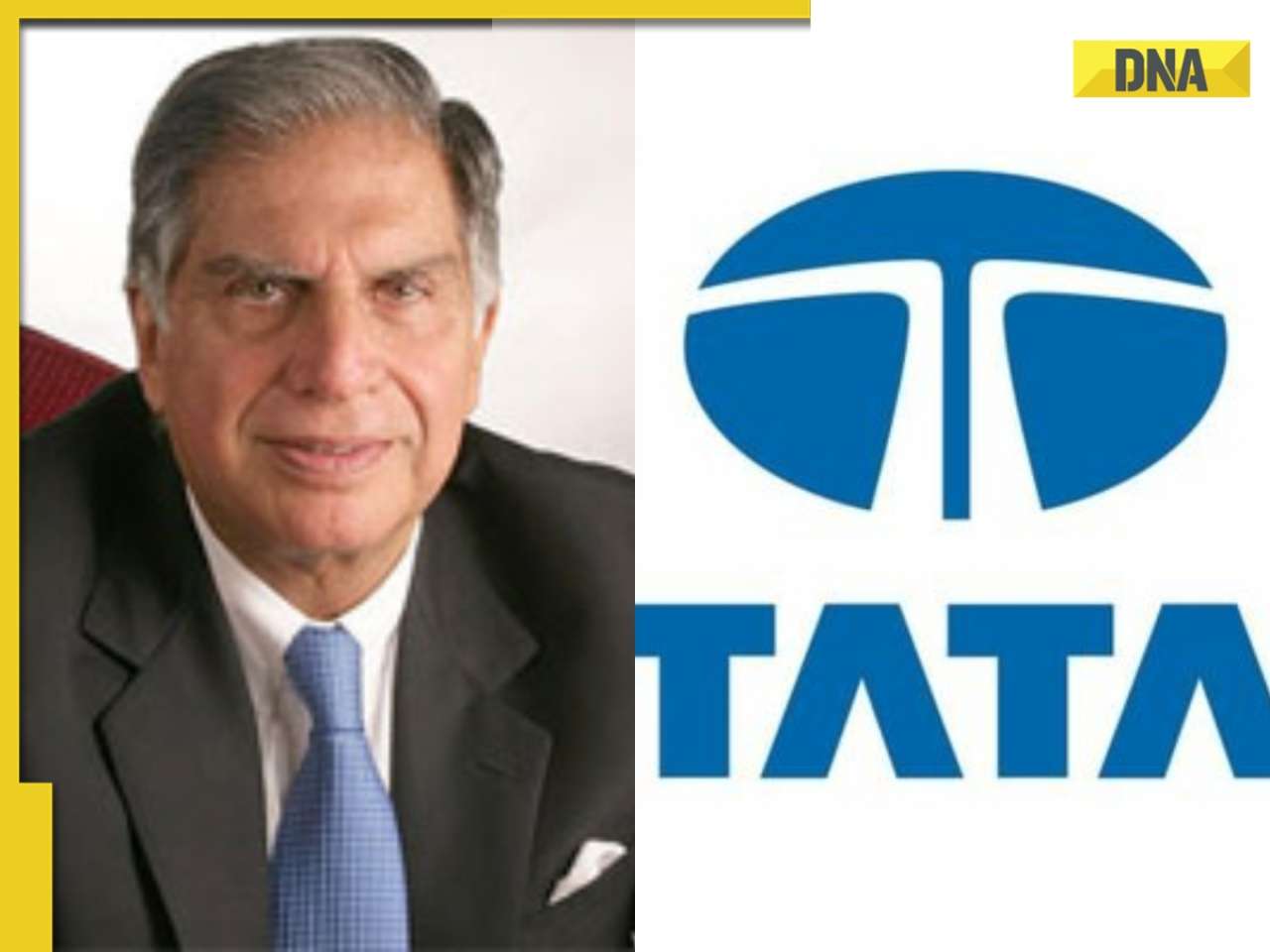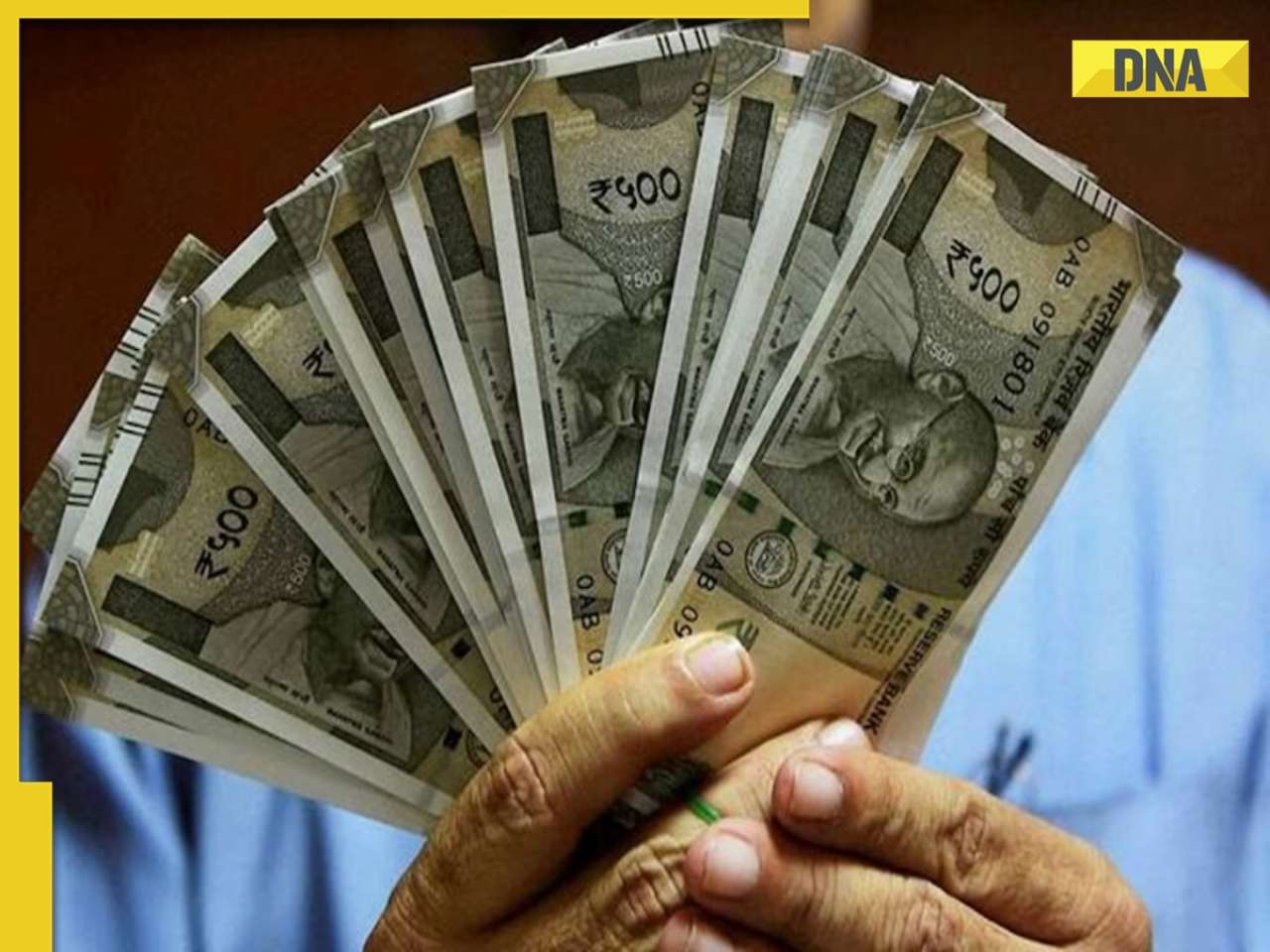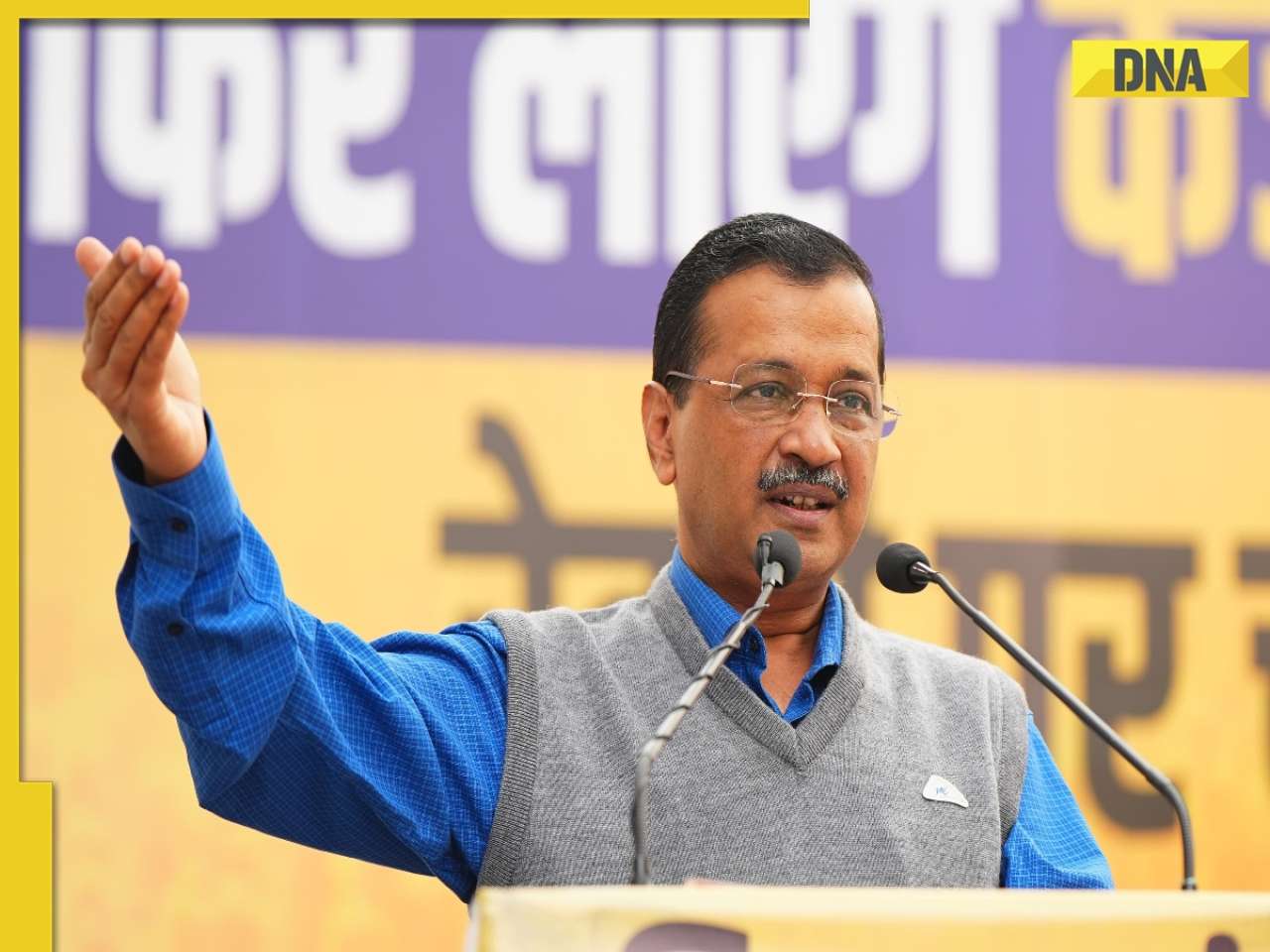- LATEST
- WEBSTORY
- TRENDING
LIFESTYLE
Needed: Girls who make, women who code
Till recently an underground movement almost akin to a counter-culture, the maker movement is now not just mainstream but disruptive. The disrupters-cum-makers are traditional artisans, computer hackers, crafters, musicians, artists, cooks, students, welders, scientists, engineers, software developers, and circuit benders. Using tools like Arduino microcontrollers, 3D printers, open source hardware, and mediums such as wood, textiles, metalwork, electronics and Lego bricks, they are bringing about a remarkable sociological shift: the democratization of creation. This movement has been hailed as the beginning of a new industrial revolution—an era of personal fabrication—that has profound implications in our lives and livelihoods.
TRENDING NOW
Till recently an underground movement almost akin to a counter-culture, the maker movement is now not just mainstream but disruptive. The disrupters-cum-makers are traditional artisans, computer hackers, crafters, musicians, artists, cooks, students, welders, scientists, engineers, software developers, and circuit benders. Using tools like Arduino microcontrollers, 3D printers, open source hardware, and mediums such as wood, textiles, metalwork, electronics and Lego bricks, they are bringing about a remarkable sociological shift: the democratization of creation. This movement has been hailed as the beginning of a new industrial revolution—an era of personal fabrication—that has profound implications in our lives and livelihoods.
Many makers start with fun stuff - 3-D printed fiddles, pianos with keys made of bananas, USB charger kits made of tins, and even a large-scale Rube Goldberg-type machine using a bowling ball instead of a marble. Some then graduate to making more serious things like low-cost incubators, prosthetic hands, DIY Braille printers and scanning-tunnelling microscopes.
The skills it enables makers to develop—experimentation, problem-solving, and collaboration—are critical for success in the future global economy. And because it helps makers get a practical, hands-on understanding of science, technology, engineering and manufacturing (STEM) even educators are interested.
But a recent Intel study of nearly 1000 respondents and secondary sources in the US, Mexico and China threw up worrying data. A 2012 Maker market survey showed the maker community to be 82% male, and a 2013 Maker Faire attendee study showed participants to be 68% male.
India wasn’t part of the study, but we can safely assume it would’ve fared much worse because the maker movement itself is more nascent here and the proportion of women or girls in technology even worse. But instead of waiting for such stats to emerge in India, we have a chance to course-correct right now.
Because women’s and girls’ engagement in making triggers a succession of important social and economic benefits. We all know the technology industry has a gender problem, whether you look at engineering, design, product development etc. Women face constant challenges in getting hired, promoted or moving into senior executive roles. One way to correct that imbalance would be to broaden their participation in the Maker movement which stimulates competition and innovation in the computer science and engineering fields.
As women and girls have better opportunities and livelihoods, and a greater sense of empowerment, society and the economy gain from greater gender equality.
But how can we successfully engage girls and women as makers? There isn’t one simple answer, especially because it involves correcting deep-rooted gender imbalances too. Intel’s research makes the following recommendations:
1) Build female-only or female-friendly maker environments where girls and women feel safe & comfortable, because we need to account for existing gender norms. Libraries and schools are obvious choices.
2) Design maker spaces that enable open-ended investigation of projects meaningful to girls and women. The education approach needs to be multi-disciplinary and unstructured (which is how makers make).
3) Develop initiatives that give girls more access to makers their own age and female mentors. Encourage parents to let go their rigid and “neat” notions of what education ought to be about and engage in “embrace the mess “making with their children.
4) Align making activities, such as coding and making hardware, with current trends and personal interests to attract girls. Because the maker movement is so diverse and chaotic, unlike structured education curriculums, we needs ways to help relate it to girls and women – why it’s useful or relevant, and how it connects to current trends and their interests.
5) Include facilitators in maker spaces to create a safe, supportive, inclusive environment for girls and women. These steps cannot work in isolation for a complex effort like the maker movement, but ought to be part of a longer-term vision. The first step ought to be creating maker environments where children along with their parents & families can jointly explore materials and tools in their areas of interest. A good example of this is the Tinkering Studio at the Children’s Museum of Pittsburgh.
6) Next, create dedicated maker spaces where girls from low-resource communities can start actively exploring and making. These spaces ought to contain stimulating interactions and experimentation using interdisciplinary high-tech and low-tech strategies. As more of these get off the ground, network them with each other. Examples would include numerous science museums in the US that serve as “hubs” for making, like the New York Hall of Science and Intel’s Computer Clubhouse Network.
7) Finally as these programs take root, develop a diverse and talented set of ‘master maker’ volunteers who can carry their skills and learnings to newer communities and students. Ultimately this is a ground-up movement so we need to have a strong corps to carry the flame.
Two great community examples are the Girl Scouts and TechGyrls in the US. Girl Scouts introduces girls of every age to science, technology, engineering, and math (STEM) experiences relevant to their everyday lives through its K-12 school program. Girls earn badges when they develop new skills on specific topics they choose. Many badges include fun and age-appropriate STEM activities, including Naturalist badges, Digital Art badges, Science and Technology badges, Innovation badges, and Financial Literacy badges.
Similarly TechGyrls is a successful nationwide YWCA empowerment program that provides older afterschool girls with an open-ended, girls-only experience uncommon in the formal education system.
While the maker movement in the US emerged organically, we cannot expect that to happen in still-developing countries like India. The key stakeholders that can make a difference include:
1) Educators, because they can connect to others who are promoting making in classrooms or in after school programs.
2) Policymakers, who can address access to technologies and maker spaces and enhance teacher professional development to help teachers to become makers themselves.
3) Parents, who should meet other parents who are making with kids. Find out what you can do with your children in your own area.
4) NGOs, help connect underrepresented groups through maker initiatives and create inclusive maker spaces.
5) Private Sector, share innovation by underrepresented groups. Promote role models in making and STEM.
6) Libraries/Museums, expand the use of your public spaces by holding informal maker ‘hangouts’ for underrepresented groups. These can be in-person or virtual.
7) There is much to be done, but even more to be gained. What we do can ensure that the creative energy of making enriches the lives and futures of India’s girls and women. But the moment is now. The maker movement is in full swing. If tapped now, this wellspring of innovation can determine the wellbeing and progress of our societies and economies. Ensuring that girls, women, and all underrepresented groups can take part will give the movement even greater power.







)
)
)
)
)
)
)
)
)
)
)
)
)
)
)
)







